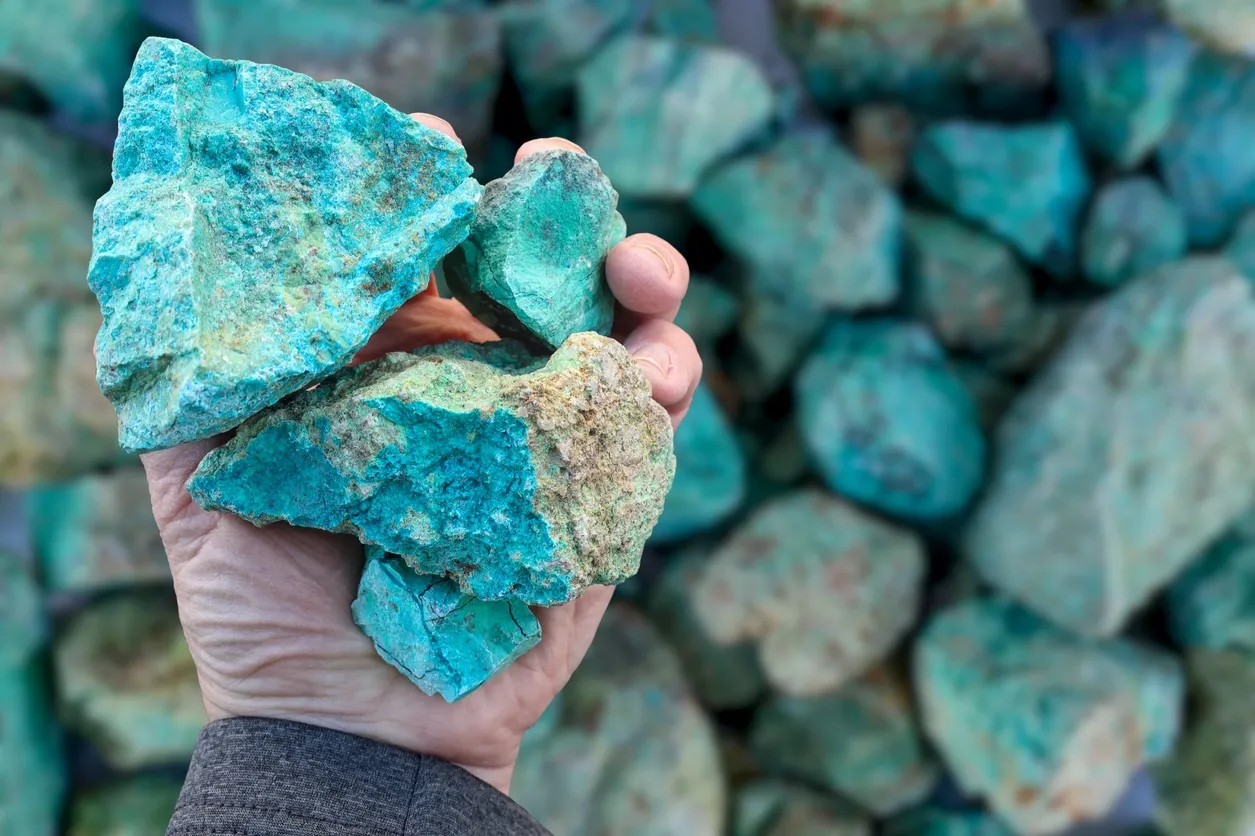

In the face of mounting global demand and fragile supply chains, two parallel breakthroughs in rare earth element (REE) extraction are offering exciting new pathways toward sustainability and domestic resource security. Scientists at The University of Texas at Austin and the University of California, Berkeley have each developed innovative technologies that emulate nature’s precision, opening doors to more efficient, eco-friendly methods of harvesting these critical minerals.
Rare earth elements, a group of 17 metals including europium, terbium, and neodymium, are indispensable components of modern electronics, electric vehicle (EV) batteries, wind turbines, and advanced defense systems. However, current extraction techniques are inefficient, environmentally harmful, and depend heavily on international suppliers. Recent work from these two leading research institutions signals a potential turning point.
At the University of Texas at Austin, researchers have developed artificial membrane channels that dramatically improve the separation and collection of REEs using a biomimetic approach. Inspired by the way cells selectively allow certain ions to pass through their membranes, the team engineered nanoscale pores—also known as artificial channels—that act as precise gatekeepers, enabling only specific rare earth ions to travel through while blocking others.
Spearheaded by Professors Manish Kumar and Venkat Ganesan, the UT Austin team’s innovation centers around chemically modified pillararene—a barrel-shaped molecular structure designed to selectively bind to middle rare earth elements like europium (Eu³⁺) and terbium (Tb³⁺). These elements are vital for LED lighting, screens, and clean energy magnets. Using advanced molecular dynamics simulations, the Texan scientists discovered that water-mediated interactions within the channels are key to their selectivity. Each REE ion is surrounded by a hydration shell, and subtle variations in how water molecules interact with different ions affect their ability to bind to the channels’ functional groups. Impressively, the artificial channels showed a 30- to 40-fold enhancement in preference for europium over other lanthanides like lanthanum and ytterbium.
“Nature has perfected selective ion transport, and we’re now replicating that in a synthetic environment,” said Dr. Ganesan. “This has the potential to revolutionize resource recovery and supply security for critical elements. ”This method represents a significant shift from traditional solvent-based separation techniques that are energy-intensive, generate chemical waste, and require dozens of stages to achieve similar results. The UT Austin team aims to integrate the channels into membrane systems compatible with industrial infrastructure, operating under ambient conditions with low energy requirements.
Farther west, a team at UC Berkeley, led by Professor Seung-Wuk Lee, has pioneered a completely different but equally transformative technology using genetically engineered viruses. Reported in Nano Letters, their research introduced a harmless bacteriophage—engineered to act like a "smart sponge"—that selectively binds to rare earth ions in wastewater or acid mine drainage. This virus has two specialized surface proteins: one that grabs rare earth elements through molecular recognition, and another that responds to changes in temperature and pH, allowing researchers to easily recover the metals.
“This new approach, known as biomining, not only eliminates the need for toxic chemicals but also provides a scalable, reusable, and low-energy tool for metal recovery,” said Dr. Lee. “It embodies the essence of circular economy principles. ”Once the REEs are bound, researchers apply a mild heat, causing the virus-metal complexes to clump and settle. The metals are then collected by simply altering the solution’s acidity. Notably, the viruses remain functional and can be reused, potentially ushering in a new generation of biodegradable, programmable biomaterials for everything from mineral recovery to environmental cleanup.
The system has been successfully tested on real-world samples like acid mine drainage, making it not just a lab curiosity but a viable industrial tool. Funding support from the National Science Foundation and the U.S. Department of Energy highlights the method’s strategic significance.
While the UT Austin system excels at ion-level discrimination and membrane-based scalability, Berkeley’s biologically driven solution brings sustainability and simplicity to the forefront—offering tools for both high-tech industrial applications and low-cost environmental remediation.
Both technologies reflect a broader trend: integrating principles of biology into engineering processes to solve long-standing industrial challenges. These advances are not just about extracting metals more efficiently—they represent a fundamental shift in how we relate to Earth’s finite resources.
“By drawing inspiration from nature’s design principles, we can reshape the entire landscape of resource recovery,” said Harekrushna Behera, a research associate in Kumar’s lab. His team is already working to expand the UT Austin membrane platform to target other critical elements such as lithium, cobalt, gallium, and nickel.
The global demand for rare earth elements is expected to increase by more than 2,600% by 2035, driven by the electrification of transport, renewable energy deployment, and next-generation electronics. With geopolitical tensions threatening supply chains, domestically developed, cleaner technologies like those from UT Austin and UC Berkeley are not only scientifically exciting—they are strategically essential.
From artificial membranes to synthetic viruses, the convergence of bioengineering and materials science now offers powerful tools to meet our industrial and environmental challenges head-on. As these innovations mature from lab-scale to real-world implementation, they have the potential to redefine how humanity secures the critical elements that power our future.